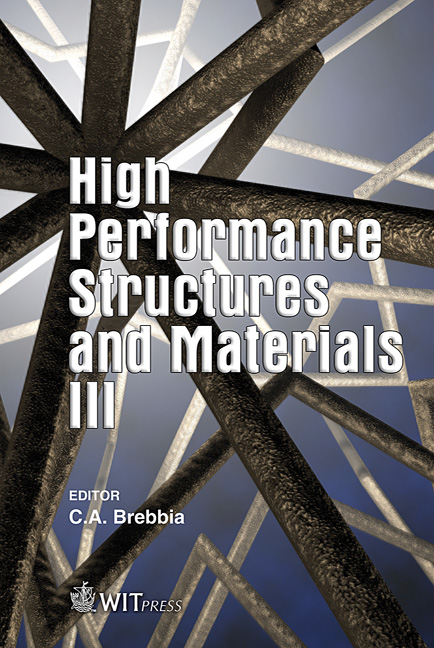Application Of Fuzzy Sets To Structural Reliability Of Existing Structures
Price
Free (open access)
Transaction
Volume
85
Pages
10
Published
2006
Size
430 kb
Paper DOI
10.2495/HPSM060681
Copyright
WIT Press
Author(s)
I. Mura
Abstract
Assessing the safety of a structure through inspection has always been part of the practice of the structural engineer. Information obtained through these inspections can be both objective and subjective. One can update the reliability of an existing structure based on objective and subjective information through the fuzzified Bayes theorem. This paper cites the algorithm for computing the posterior probability of failure based on visual inspection of existing structures by incorporating fuzzy set theory into the Bayes theorem. The failure design probability of a structural steel frame is updated. Results indicate that the preciseness of the membership function associated with the input data has little or no influence on posterior failure probability. Keywords: reliability, Bayes theorem, fuzzy sets, existing structures, steel frame. 1 Introduction In engineering practice one often has to deal with qualitative and vague evaluations, commonly known as \“fuzzy”. Such subjective fuzzy information is to be found in the results of inspections of structures (such as bridges, frames and so on) and are accompanied by those of a deterministic and probabilistic kind. In particular, when we consider the question of evaluation of the safety level of an existing structure, it appears evident that we cannot avoid taking into account the quality of workmanship, the state of conservation of the elements making up the structure and so on. Estimation of these qualities can be expressed subjectively through variations of a linguistic nature. The values of these variables, as for example \“the quality of the workmanship is good”, or \“the state
Keywords
reliability, Bayes theorem, fuzzy sets, existing structures, steel frame.





